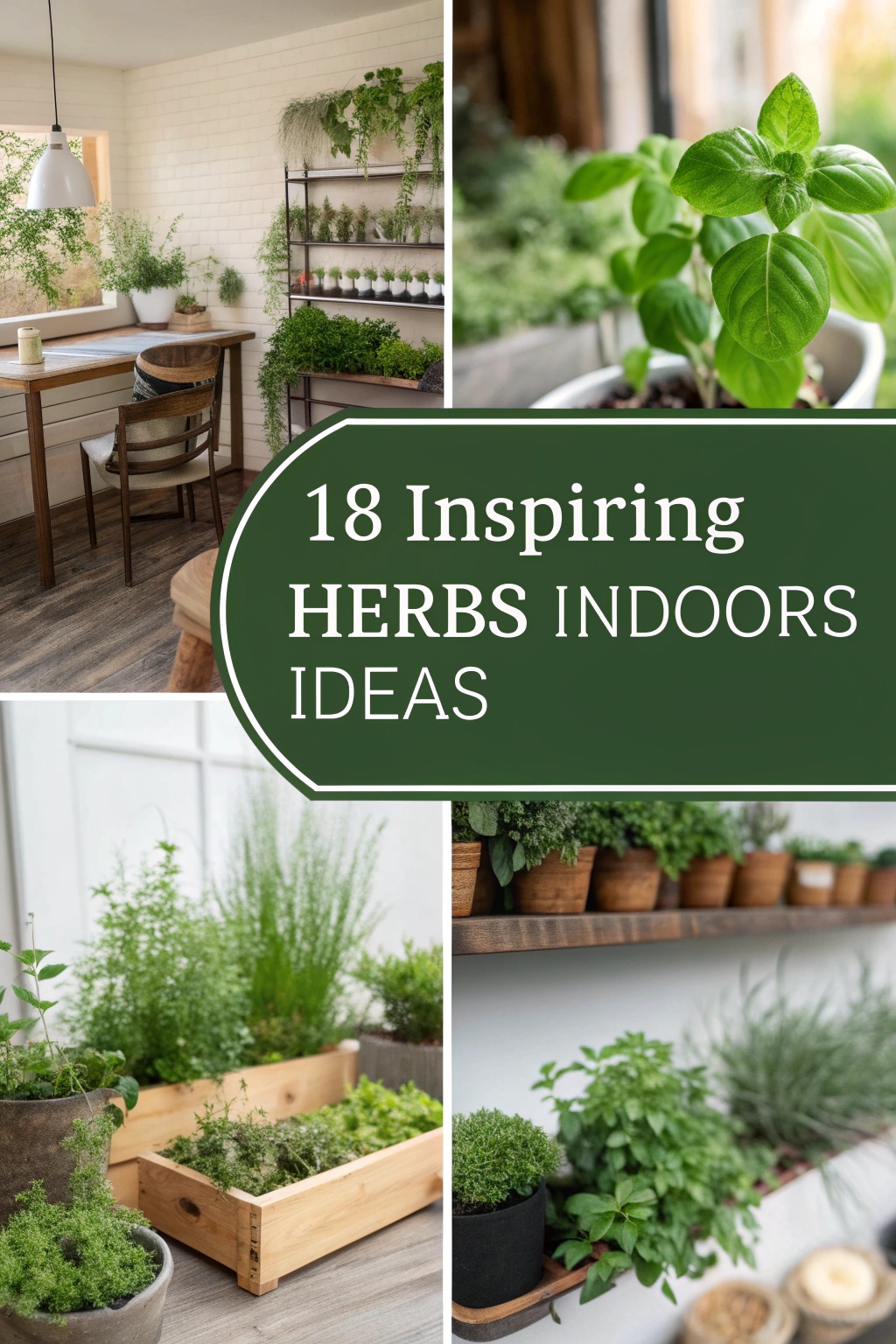17 Inspiring Vegetable Farming Ideas to Try Today
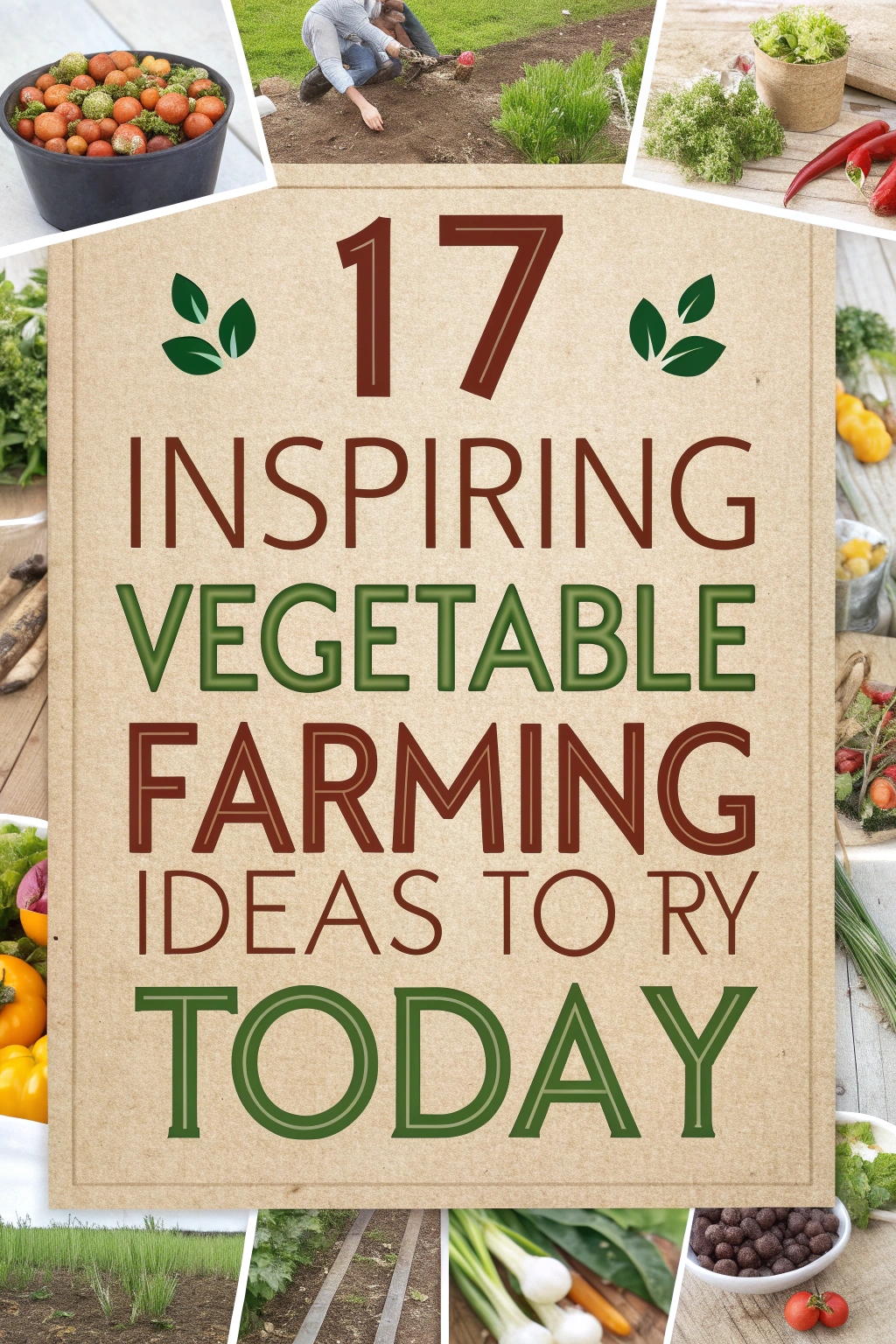
Are you looking to grow your own veggies but unsure where to start? Whether you’ve got a tiny balcony or a sprawling backyard, there’s a farming idea that fits your space and lifestyle. From vertical gardens to hydroponic setups, these 17 inspiring methods can transform how you cultivate fresh produce. Stick around to uncover practical tips and innovative approaches that’ll spark your green thumb!
Exploring Vertical Gardening for Small Spaces
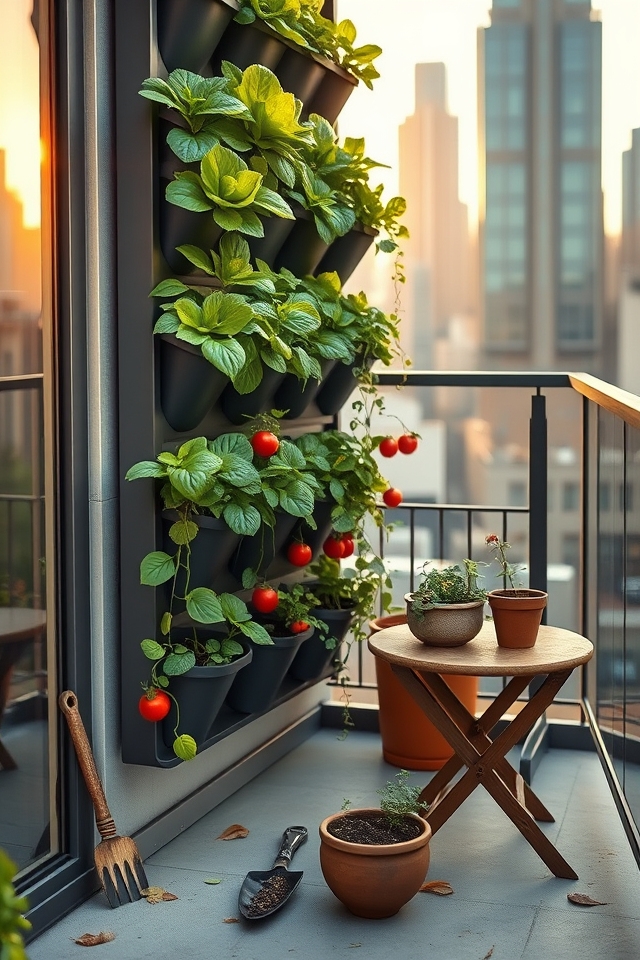
Vertical gardening is an innovative solution for small spaces, allowing vegetable farming in urban environments or limited areas. By utilizing walls, trellises, or stacked containers, gardeners can grow crops like lettuce, herbs, and tomatoes upwards instead of outwards. This method maximizes space, reduces pest issues, and enhances air circulation. It’s ideal for balconies, patios, or indoor settings, making fresh, home-grown produce accessible even in the smallest of spaces with minimal effort.
Starting With Container Gardening Basics
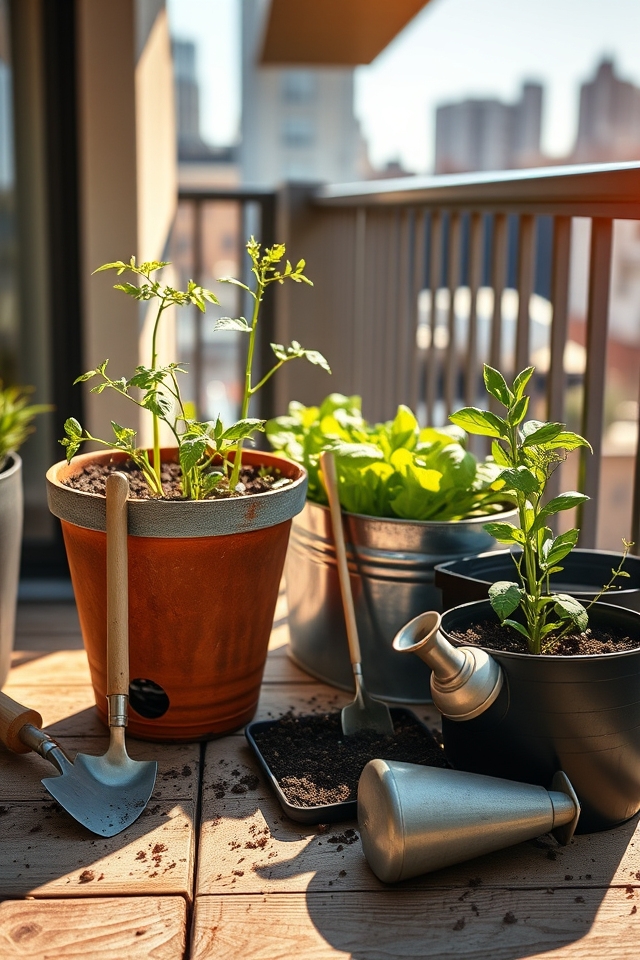
Container gardening is an excellent way to start vegetable farming, especially for beginners or those with limited space. It involves growing vegetables in pots, buckets, or other containers, allowing you to cultivate crops on balconies, patios, or small yards. Choose containers with proper drainage, use quality potting soil, and select vegetables like tomatoes, lettuce, or herbs that thrive in confined spaces. This method offers flexibility, easy maintenance, and the ability to control growing conditions effectively.
Mastering Raised Bed Techniques

Mastering raised bed techniques is a game-changer for vegetable farming. Raised beds improve drainage, prevent soil compaction, and allow for better control over soil quality. They also make gardening more accessible by reducing the need to bend or kneel. Construct beds using wood, stone, or metal, ensuring they are 3-4 feet wide for easy reach. Fill with a mix of topsoil, compost, and organic matter to create a nutrient-rich environment for thriving vegetables.
Embracing Hydroponic Systems at Home
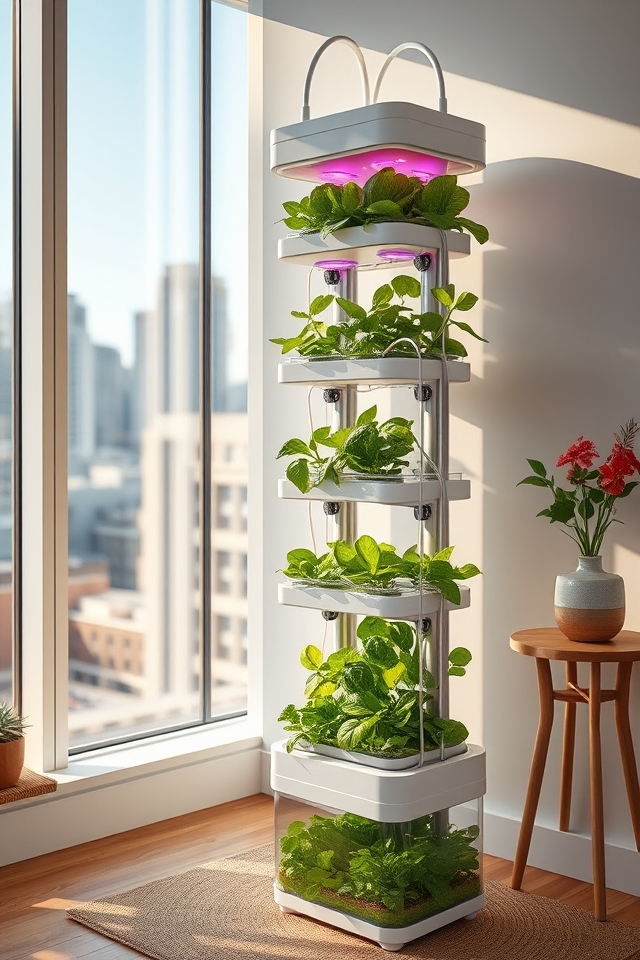
Hydroponic systems offer an innovative way to grow vegetables at home without soil, using nutrient-rich water solutions. This method allows for faster growth, higher yields, and year-round cultivation, even in limited spaces like apartments or balconies. By controlling water, light, and nutrients, you can grow a variety of vegetables such as lettuce, spinach, and herbs efficiently. Embracing hydroponics at home is a sustainable choice, conserving water and reducing the need for pesticides.
Trying Aquaponics for Sustainable Growth
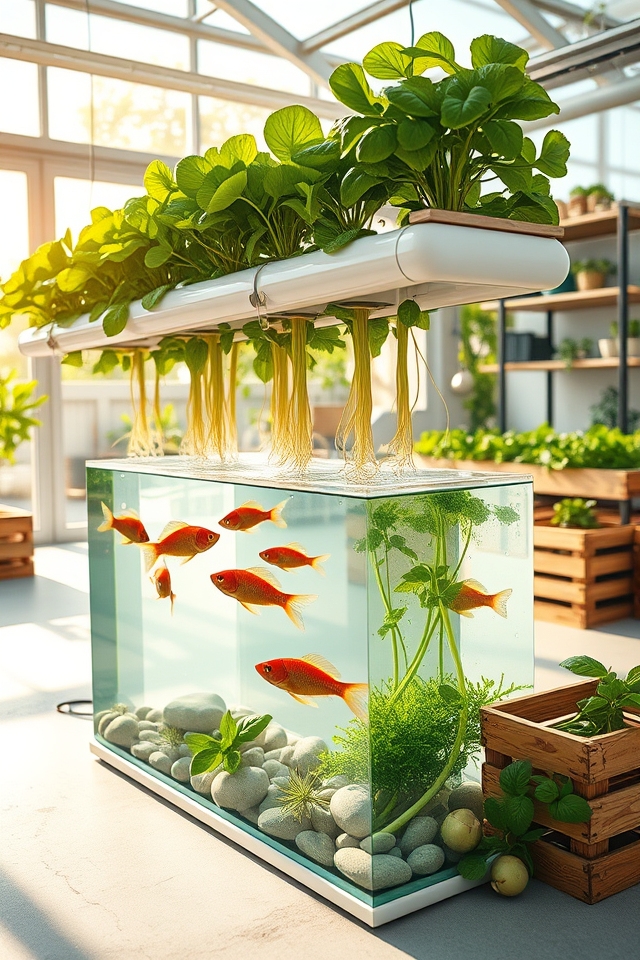
Aquaponics is an innovative and sustainable method for vegetable farming that combines aquaculture (raising fish) with hydroponics (growing plants in water). In this system, fish waste provides natural fertilizer for the plants, while the plants filter and purify the water for the fish. This closed-loop system conserves water and eliminates the need for chemical fertilizers, making it eco-friendly. It’s ideal for growing leafy greens and herbs in limited spaces with high efficiency.
Implementing Companion Planting Strategies
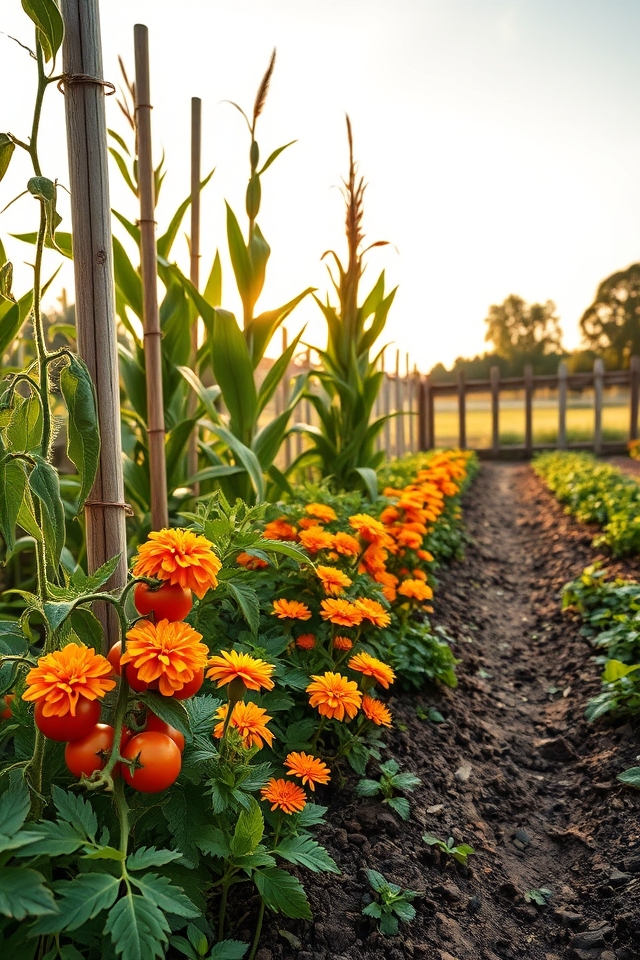
Companion planting is a strategic approach in vegetable farming where certain plants are grown together to enhance growth, deter pests, and improve yields. For instance, planting marigolds near tomatoes can repel harmful insects, while beans can enrich the soil with nitrogen for neighboring crops like corn. This method maximizes garden space, reduces the need for chemical pesticides, and fosters a balanced ecosystem, ultimately leading to healthier plants and sustainable farming practices.
Growing in Greenhouses for Year-Round Harvests
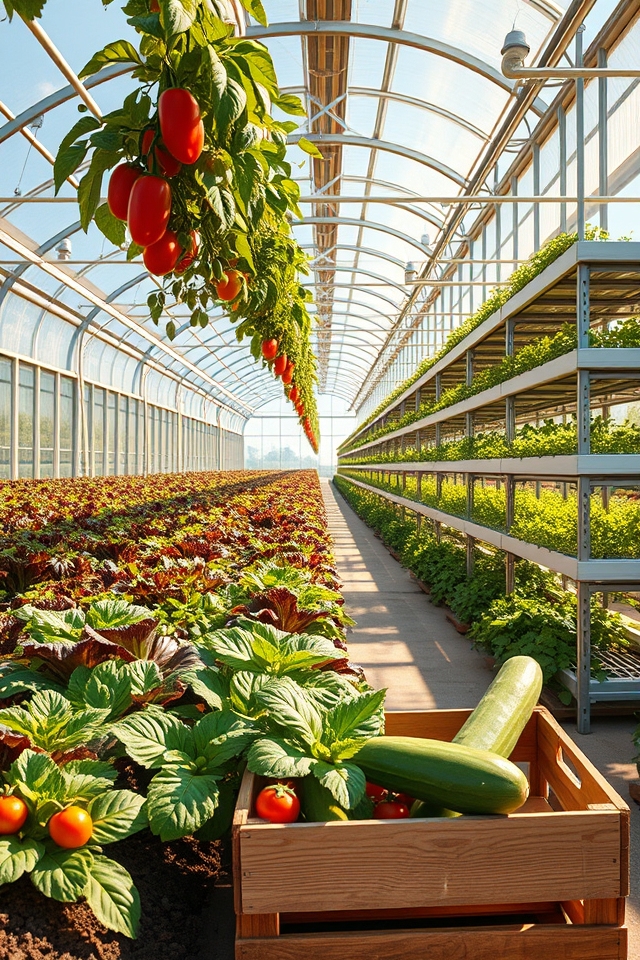
Growing in greenhouses offers a fantastic way to achieve year-round harvests, regardless of external weather conditions. These controlled environments allow farmers to regulate temperature, humidity, and light, ensuring ideal growth for vegetables. Greenhouses protect crops from pests and harsh climates, extending growing seasons and increasing yield. By using techniques like hydroponics or vertical farming, farmers can maximize space and efficiency, making greenhouse cultivation a sustainable and profitable option for vegetable production.
Utilizing Square Foot Gardening Methods
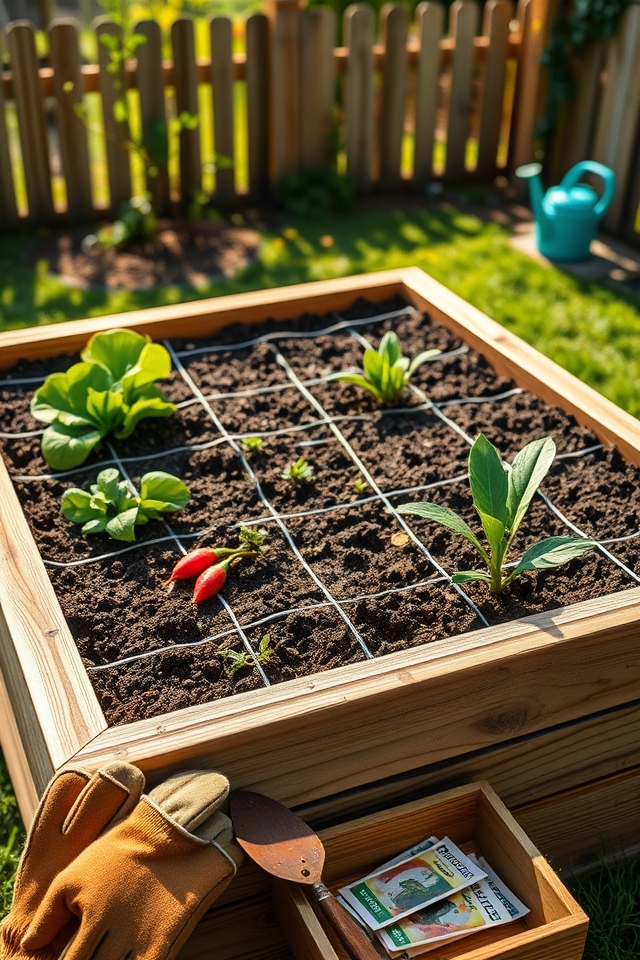
Square Foot Gardening is an efficient method for vegetable farming in small spaces. It involves dividing a growing area into 1-foot by 1-foot squares, each planted with a specific number of crops based on their size. This technique maximizes yield, reduces waste, and simplifies maintenance. By using a grid system, gardeners can easily manage soil quality, watering, and crop rotation, making it ideal for beginners and urban farmers seeking high productivity in limited areas.
Experimenting With Permaculture Principles
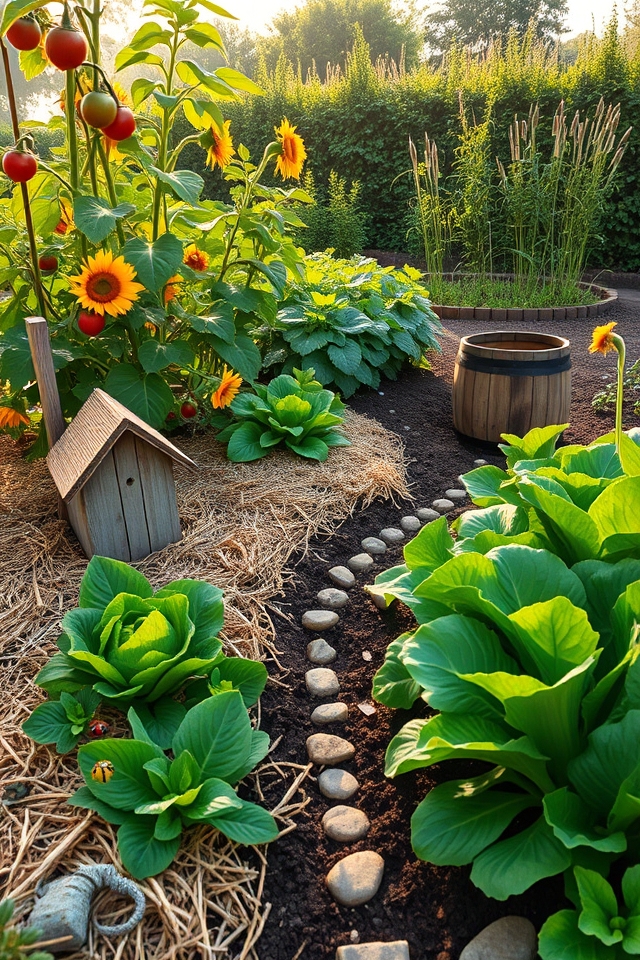
Experimenting with permaculture principles in vegetable farming focuses on creating sustainable, self-sufficient ecosystems. This approach emphasizes working with nature by integrating companion planting, crop rotation, and natural pest control. It encourages the use of renewable resources, minimizing waste, and enhancing soil health through composting and mulching. By mimicking natural processes, permaculture helps farmers build resilient gardens that require less maintenance while producing diverse, healthy crops over the long term.
Setting Up a Rooftop Vegetable Patch
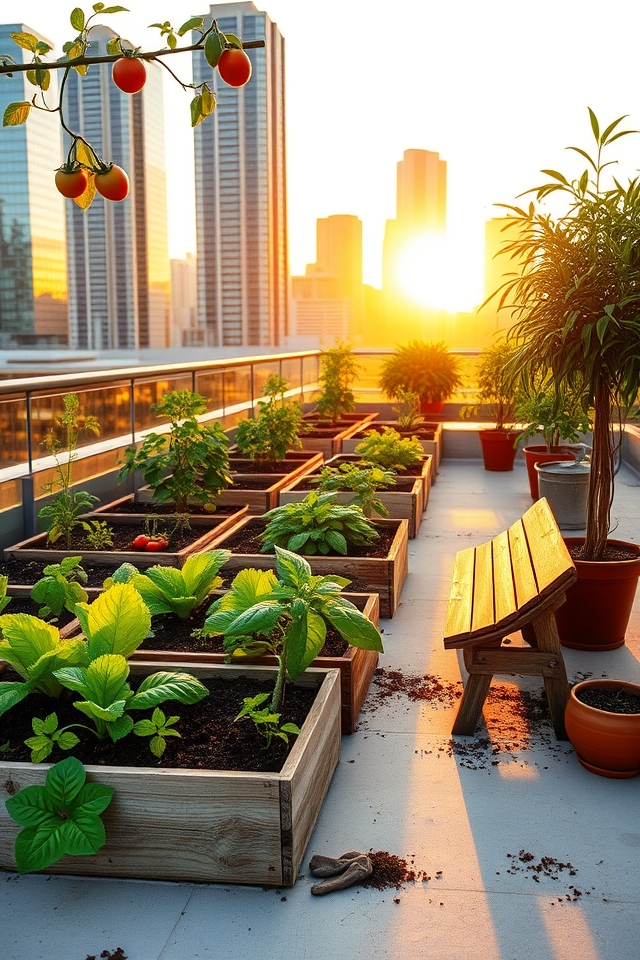
Setting up a rooftop vegetable patch is an excellent way to utilize unused space in urban areas. Start by ensuring your rooftop can support the weight of soil and containers. Use lightweight pots or raised beds with proper drainage to prevent water damage. Choose vegetables like lettuce, tomatoes, and peppers that thrive in containers. Install a watering system or commit to regular hand-watering, and protect plants from strong winds with barriers or trellises.
Diving Into Organic Farming Practices
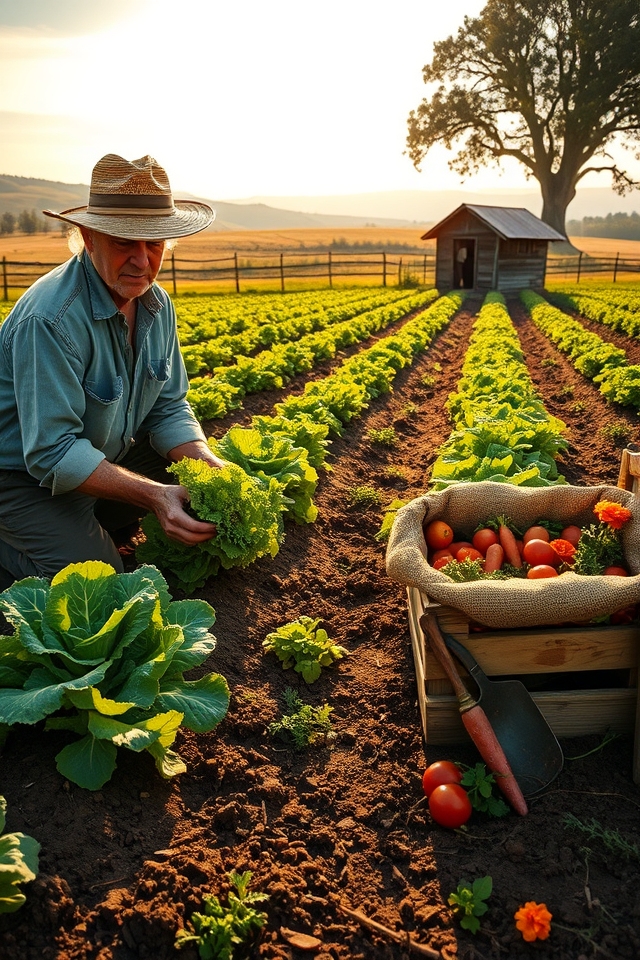
Organic farming practices focus on growing vegetables without synthetic pesticides or fertilizers, prioritizing natural methods to maintain soil health and control pests. This approach uses compost, crop rotation, and beneficial insects to enhance biodiversity and sustainability. By avoiding harmful chemicals, organic farming guarantees safer, nutrient-rich produce while protecting the environment. It also emphasizes water conservation and reducing pollution, making it a holistic choice for vegetable farmers aiming for long-term ecological balance.
Creating a Backyard Kitchen Garden

Creating a backyard kitchen garden is a rewarding way to grow fresh vegetables at home. Start by selecting a sunny spot with well-drained soil. Plan your layout, considering the space and sunlight needs of crops like tomatoes, lettuce, and herbs. Use raised beds or containers if space is limited. Regularly water and mulch to retain moisture and prevent weeds. With proper care, your kitchen garden will provide a steady supply of healthy, homegrown produce.
Exploring Indoor Gardening Solutions
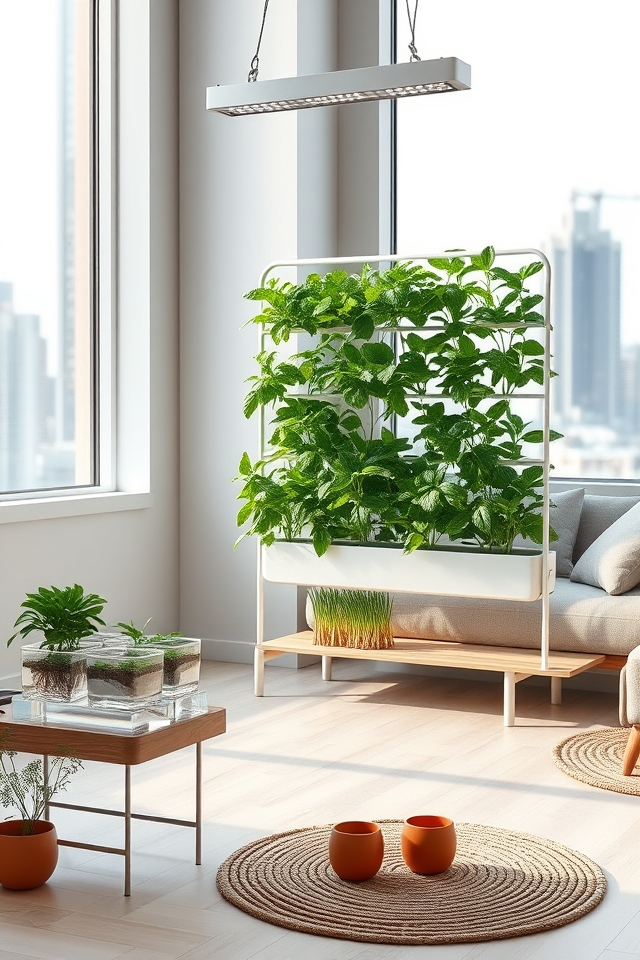
Indoor gardening offers a fantastic solution for growing vegetables year-round, regardless of outdoor conditions. Using containers, hydroponics, or vertical gardens, you can cultivate herbs, leafy greens, and even small root vegetables in limited spaces like apartments or homes. With proper lighting, such as LED grow lights, and controlled environments, indoor gardening guarantees consistent yields. It’s an eco-friendly way to enjoy fresh, homegrown produce while minimizing the challenges of weather and pests.
Building a Community Garden Plot
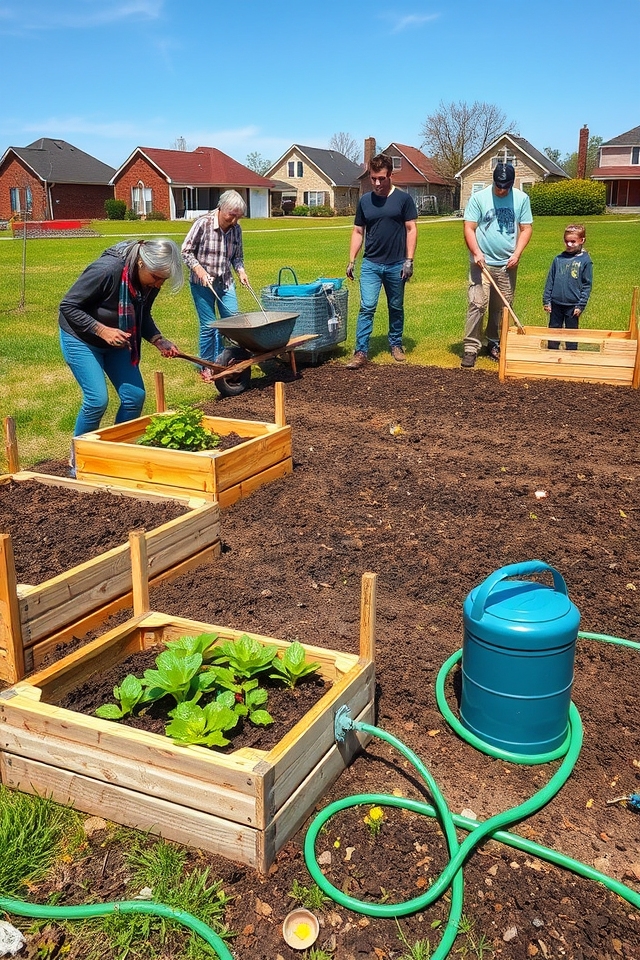
Building a community garden plot fosters connection and sustainability within a neighborhood. Start by selecting a suitable location with ample sunlight and access to water. Engage local residents to plan the layout, deciding on shared plots or individual spaces. Use raised beds or in-ground plots based on soil conditions. Incorporate composting and rainwater collection for eco-friendliness. Organize regular meetups to maintain the garden, share harvests, and strengthen community bonds through collaborative gardening efforts.
Testing Out No-Dig Gardening Approaches
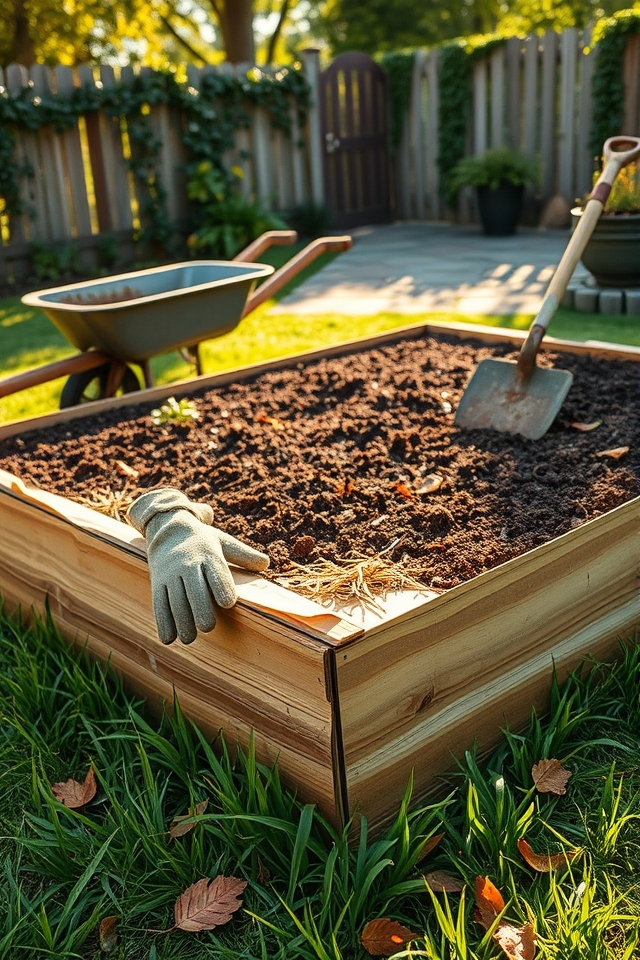
No-dig gardening is a sustainable approach to vegetable farming that minimizes soil disturbance. Instead of tilling, layers of organic materials like compost, mulch, and cardboard are added on top of the soil to suppress weeds and enrich the ground. This method preserves soil structure, retains moisture, and encourages beneficial microorganisms. It’s ideal for beginners and seasoned gardeners alike, offering a low-maintenance way to grow healthy vegetables with minimal effort.
Incorporating Edible Landscaping Designs
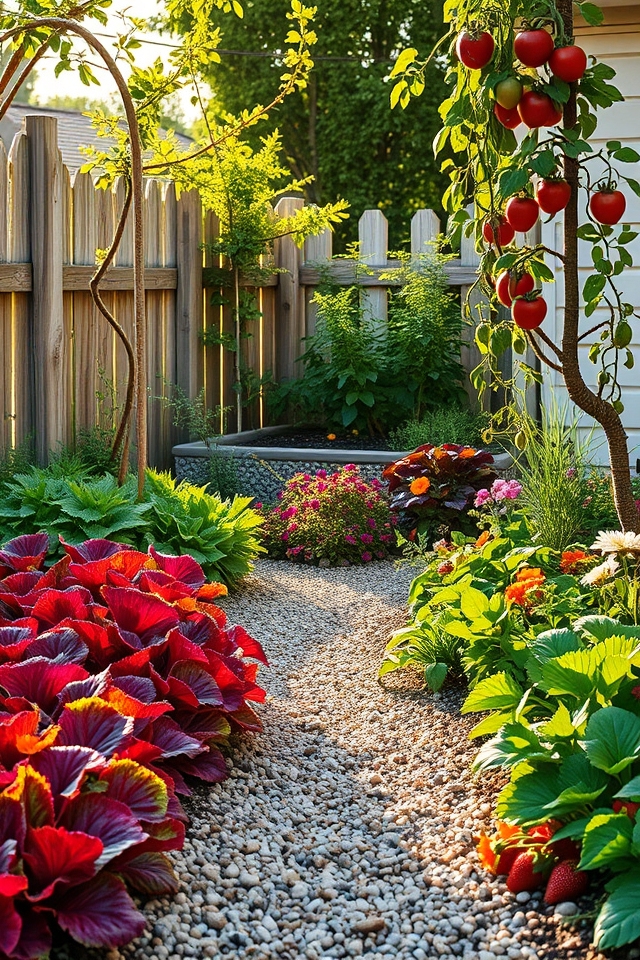
Incorporating edible landscaping designs into vegetable farming blends aesthetics with functionality. This approach involves integrating edible plants, such as herbs, vegetables, and fruit-bearing shrubs, into decorative garden layouts. By replacing traditional ornamental plants with edible varieties, you create a visually appealing space that also provides fresh produce. Think of using colorful lettuces as borders or trellising beans along fences. This method maximizes space, enhances garden beauty, and promotes sustainable, homegrown food production.
Venturing Into Microgreen Cultivation
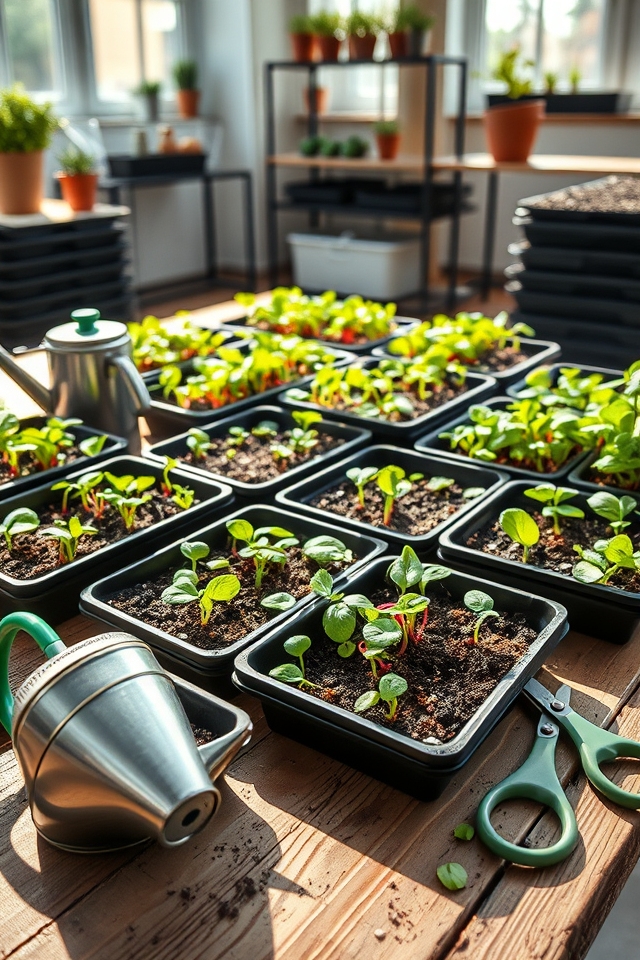
Venturing into microgreen cultivation is an excellent idea for vegetable farming enthusiasts. Microgreens are young, tender greens harvested just 7-14 days after germination, packed with intense flavors and nutrients. They require minimal space, making them ideal for small-scale or urban farming. Grown in trays with soil or hydroponically, microgreens like arugula, radish, and basil can be sold to restaurants or at farmers’ markets, offering a quick turnaround and high profit potential.




